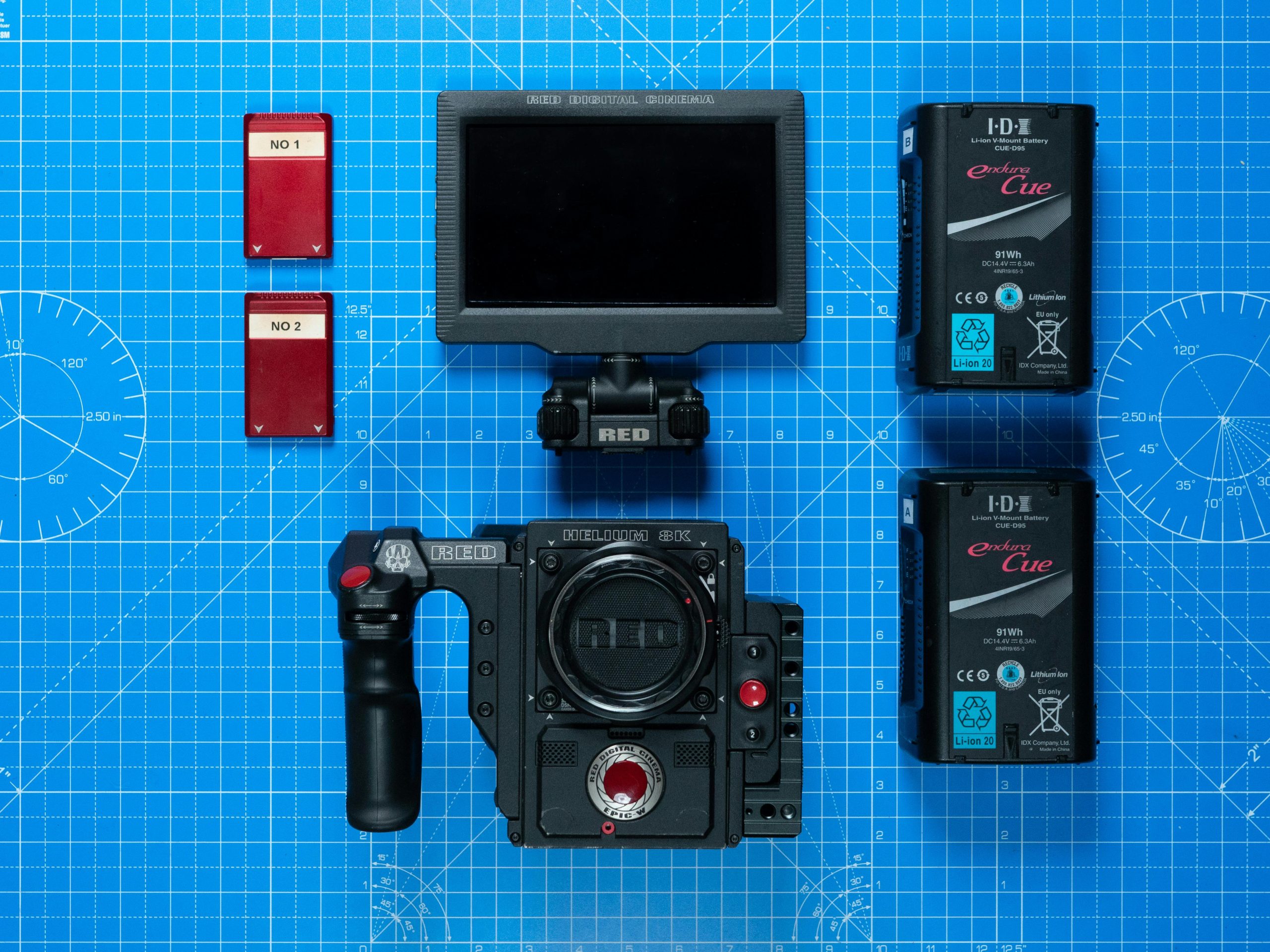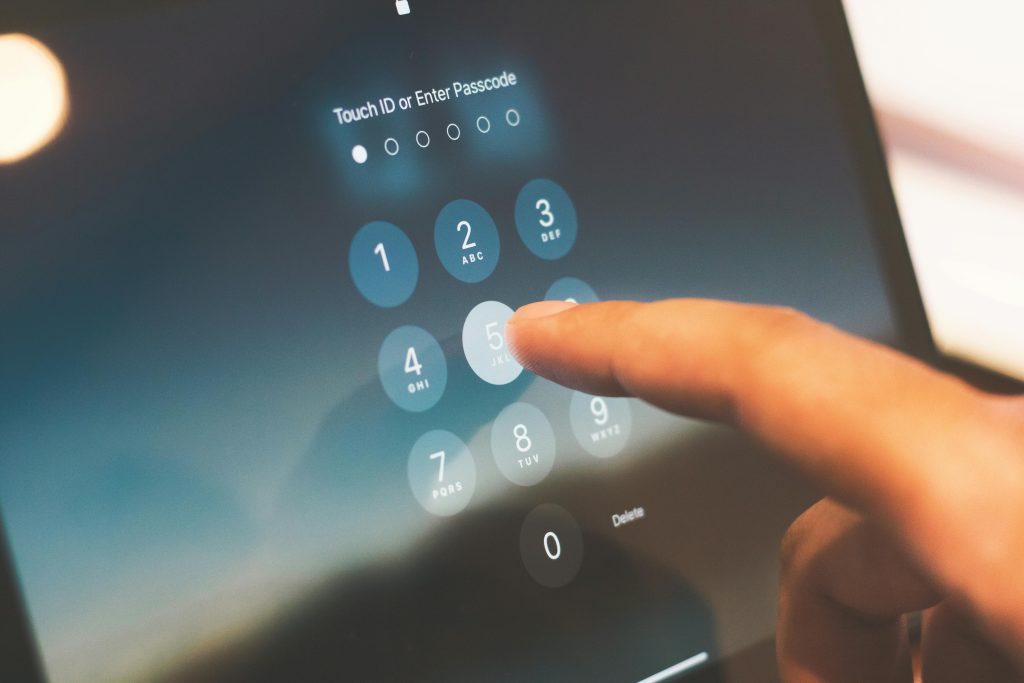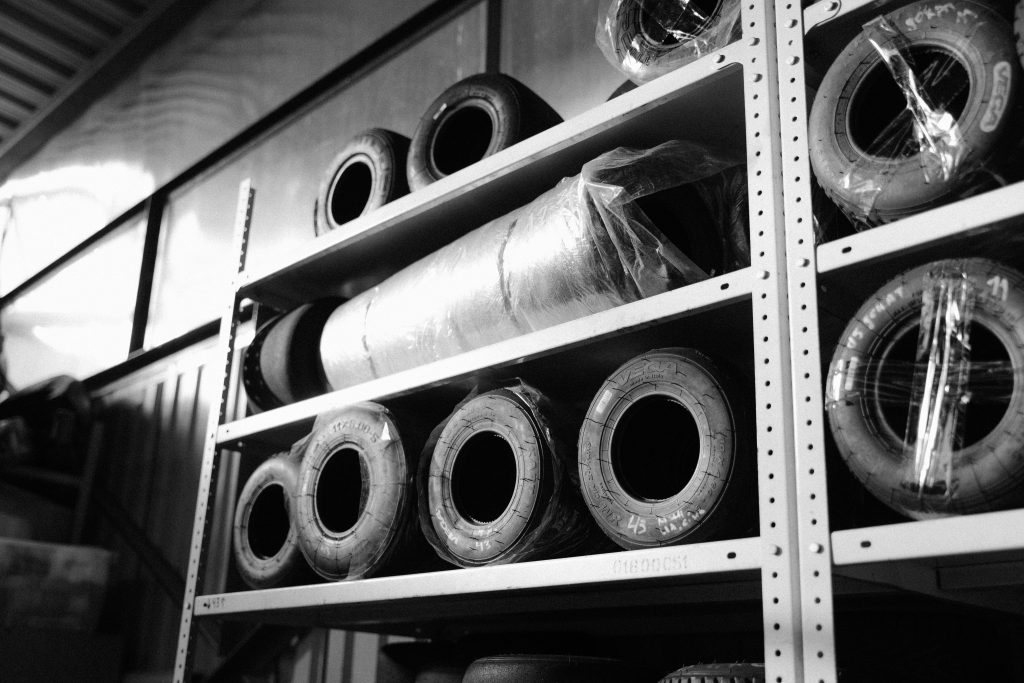Certainly! Here’s a professional, well-structured blog article based on the Reddit post you provided:
Troubleshooting Display Arrangement Issues in Multi-Monitor Setups
Setting up multiple monitors can enhance productivity and create a more immersive experience. However, managing display recognition and ensuring the correct monitor is designated as the primary can sometimes lead to complications. This article addresses common challenges related to monitor identification and offers practical solutions to configure your setup effectively.
Scenario Overview
Imagine a user with a three-display setup connected via a graphics card that offers three DisplayPort (DP) outputs and one HDMI port, arranged as follows on the GPU: DP, DP, HDMI, DP. Their monitors each have inputs matching these options, facilitating flexible connections.
Previously, the user’s setup involved connecting a Nintendo Switch via HDMI to the main monitor on the right, with additional connections to the second monitor. Recently, the configuration was changed: both the HDMI and DisplayPort connections were switched to different monitors. As a result, the startup screen now displays a green hue, and Windows misidentifies the monitors—specifically, Monitor 2 is being recognized as Display 1, while the intended primary monitor isn’t correctly set.
Common Challenges Encountered
-
Display Recognition Order: Windows sometimes fails to recognize or retain the intended primary monitor, leading to mislabeling (e.g., Monitor 2 recognized as Display 1).
-
Inconsistent Behavior After Cable Reconfiguration: Moving cables and changing input ports can cause Windows to reassign display identifiers unpredictably.
-
Persistent Display Settings: Simply rechecking “Make this my main display” in display settings may not resolve recognition issues, especially if the physical connections or cable order have changed.
-
Startup Screen Artifacts: Physical artifacts like a green tint at startup may indicate graphics driver issues or display detection problems.
Troubleshooting and Resolution Strategies
- Check Display Connection Order
Ensure that cables are connected to the GPU ports as intended. While Windows automatically detects displays, the physical connection order can influence the recognition order. For example, organizing connections from left to right in accordance with your monitor placement can help.
-
Configure Display Settings in Windows
-
Open Display Settings (Right-click on Desktop → Display Settings).
- Verify the Identify feature to see which display corresponds to each number.
- Drag and reposition the monitor icons to match their physical arrangement.
- Once aligned, select the monitor you wish to set
Share this content:



